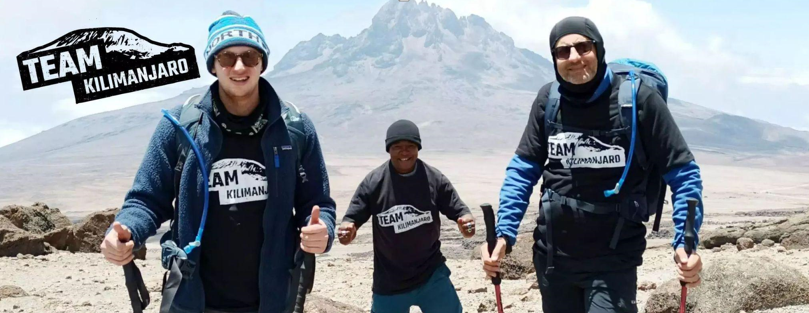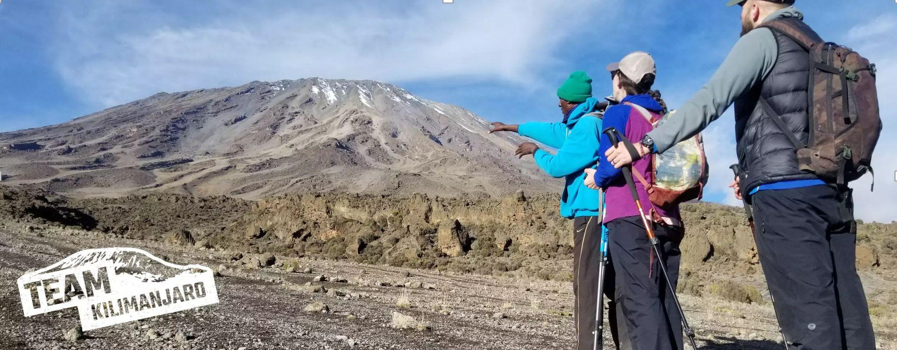
Kilimanjaro Bucket-List Adventure: How, When and Why to Climb Africa’s Highest Peak
For travellers who love chasing horizons, few journeys feel as life-changing as the decision to climb Kilimanjaro. Rising 5,895 metres above the plains of East Africa, this iconic peak in northern Tanzania isn’t just the tallest mountain on the continent — it’s a living story of adventure, perseverance, and discovery that attracts thousands of explorers every year.
But while Kilimanjaro’s dramatic silhouette has inspired countless bucket lists, transforming that dream into reality requires some careful planning. How long does it take? What’s the best time to climb Kilimanjaro? And what kind of preparation does a trekker actually need? This guide will help you plan a trip worthy of any travel journal.
Why Kilimanjaro Belongs on Every Traveller’s Bucket List
Unlike many of the world’s great mountains, Kilimanjaro is uniquely accessible. You don’t need technical climbing skills, ropes, or ice axes — just a reasonable level of fitness, a good guide team, and the determination to keep walking. That accessibility means climbers range from seasoned alpinists to first-time trekkers celebrating milestone birthdays.
The reward is an expedition that feels like travelling through several worlds in a single week. Hikers begin in lush rainforest alive with colobus monkeys, before entering high-alpine desert and finally stepping onto the glaciers that crown the summit. Each day reveals a new landscape — and with it, a new chapter of the adventure.
How Long Does It Take to Climb Kilimanjaro?

One of the most common questions from would-be trekkers is: how long does it take to climb Kilimanjaro?
The short answer is anywhere from five to nine days, depending on the route you choose and how much time you allow your body to acclimatise to the altitude.
- Marangu Route – 5–6 days, with hut accommodation.
- Machame Route – 6–7 days, a scenic favourite with excellent acclimatisation.
- Lemosho or Northern Circuit – 7–9 days, with the highest summit success rates.
Choosing a longer itinerary gives your body more time to adapt to the thinning air and dramatically increases your chance of standing on the summit of Uhuru Peak, the “Roof of Africa”.
Best Time to Climb Kilimanjaro
Although it’s possible to climb Kilimanjaro all year round, the experience varies with the seasons. Tanzania sits close to the equator, so it doesn’t have four distinct seasons like Europe or North America, but it does have wet and dry periods, and these shape your trekking conditions.
- January – March: Colder, quieter, and with occasional snowfall near the summit.
- June – October: Dry, clear skies, and the most popular season.
- April – May & November: Rainier, with muddier trails but far fewer crowds.
The dry months are ideal if you want crisp views and stable conditions, while the shoulder seasons can offer more solitude if you don’t mind the occasional rain.
See also: Mexico Visa: Opening Doors to Colorful Adventures for Indian Travelers
What to Expect on the Trail
Each day on Kilimanjaro follows its own steady rhythm. Mornings begin with hot tea in camp, followed by hours of trekking beneath the African sun. Afternoons are for rest, rehydration, and soaking in sweeping views of the summit. Evenings are spent sharing stories with fellow trekkers under a dazzling canopy of stars.
Summit day — usually beginning just after midnight — is the ultimate test. The air is thin, the cold intense, and progress feels slow. But as dawn breaks and you step onto the crater rim, the sun spills light across the plains far below. In that moment, every step feels worthwhile.
Making the Dream a Reality
Reaching Kilimanjaro’s summit is less about conquering a mountain and more about discovering what you are capable of. The challenge is real, but so is the reward — a panoramic view across Africa and a memory that will stay with you for life.
Whether you’re an experienced adventurer or a first-time trekker, climbing Kilimanjaro is an expedition that transcends travel. It’s a journey of patience, resilience, and wonder — and one that deserves a place on every traveller’s bucket list.
Final Thought
In the end, Kilimanjaro isn’t just a mountain; it’s a metaphor. Step by step, breath by breath, it teaches you that even the tallest peaks can be reached with determination and preparation. If you’ve ever dreamed of standing on the Roof of Africa, now is the time to turn that dream into reality.



